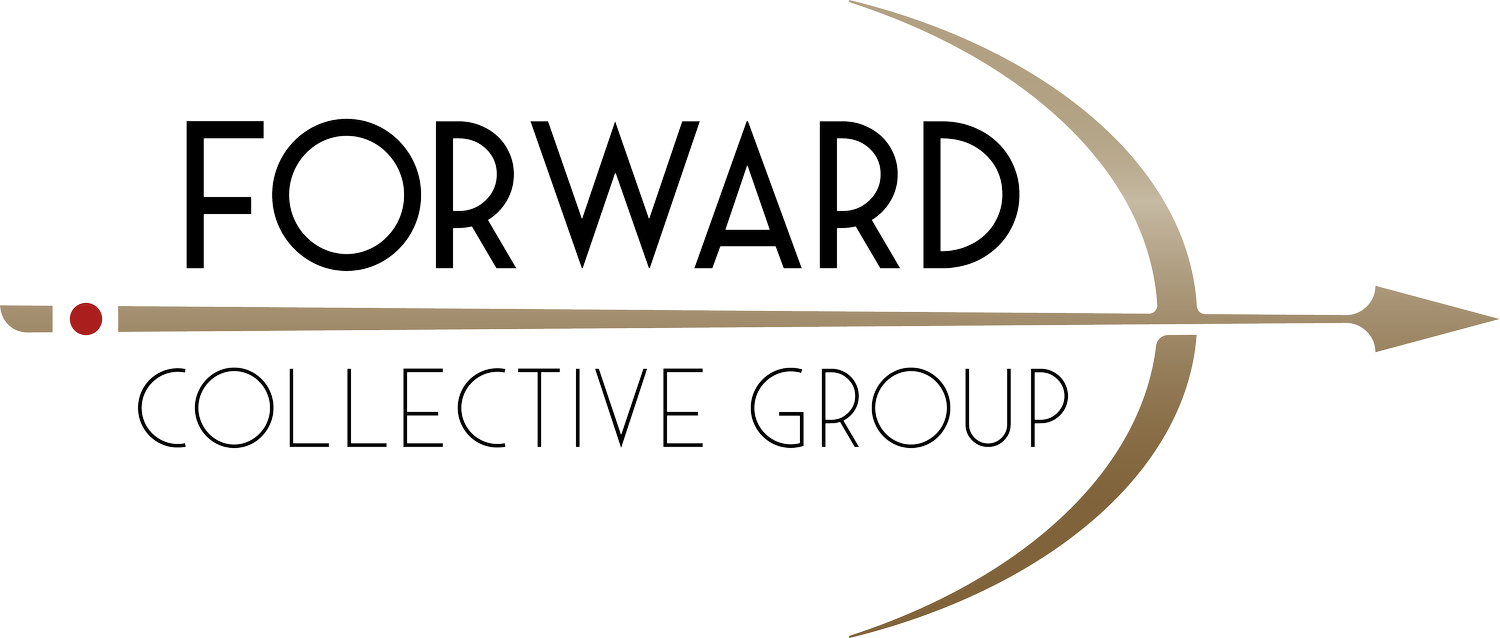Succession Planning: The Other, Dark Side
Succession planning is all celebration. It's crucial that we acknowledge the pitfalls and address them head-on to ensure that our succession plans are fair, equitable, and effective.
Pitfalls reflect the human side of succession planning. One of the biggest challenges to manage is the temptation to hold people back. When you’ve identified someone as your successor, you must be prepared to see them move up. You have a responsibility to prepare that person for their next step in the organization. Holding people back can happen because of ego, insecurity, or even a fear that someone else might outshine you. This often comes from unresolved emotions where a leader has stagnated in their own career. If you are in this situation, you need to understand what your own gaps are and find ways to build skills in those areas. If someone else does a better job at a task than you, that’s ultimately not a bad thing. It actually speaks to the strength of the organization and speaks poorly of leadership to suppress that type of growth.
Bias in Succession Planning
There can be situations where bias or personal feelings come into play. People in leadership positions may try to hold back someone that they personally dislike, regardless of that person's capabilities or qualifications. I have seen this happen many times. It is a blatant misuse of power, and a dereliction of your duty as managers. Your job, as a leader, is to help people reach their full potential. You should be creating a space where people can tell you what they want, and you must be prepared to take the necessary steps. You can not abuse the power you have to hold people back.
The problem with these scenarios is that they undermine the entire purpose of succession planning. Instead of fostering a culture of growth and development, it creates a toxic environment of fear and resentment. It sends the message that favoritism and personal feelings are more important than merit and potential. If your employees see this type of behavior, it could lead to disengagement and ultimately retention problems.
Prevention As A Succession Planning Cure
So, how do you prevent this from happening? First, hold yourself accountable. As leaders, we must actively check our biases, and commit to making objective decisions. It’s important to seek feedback from others. Check with people outside of your immediate circle to ensure you’re not being too narrow in your thinking. This helps you to get a better view of the process, and it could give you ideas you had not considered. Second, create a standard measurement system. This will help you evaluate people and reduce the chances of subjectivity and bias coming into the process. You want to ensure that people are not only growing in their functional area, but they are also cross-functionally capable. This is important for the overall health of the organization. Finally, make sure you have an open and transparent process. Your employees should have some level of awareness of the succession planning process. Employees should feel like their contributions are being seen, and they are being considered as possible leaders within the organization. This creates a culture where people feel safe to pursue their goals without being held back by others.
Succession planning is not easy work. It requires introspection, self-awareness, and a commitment to doing what’s best for the organization and its people. Go beyond finding the “next in line”; create a culture where everyone has the opportunity to grow and succeed. I know that these are sometimes challenging conversations, but I also know that by tackling them head-on, we can create stronger and more resilient organizations.
Learn more about the pitfalls to avoid in succession planning in this episode of the Fast Forward Podcast: https://youtu.be/Nlp5JYDfpn4?si=LhvIcXDPtT2Z4LN_

